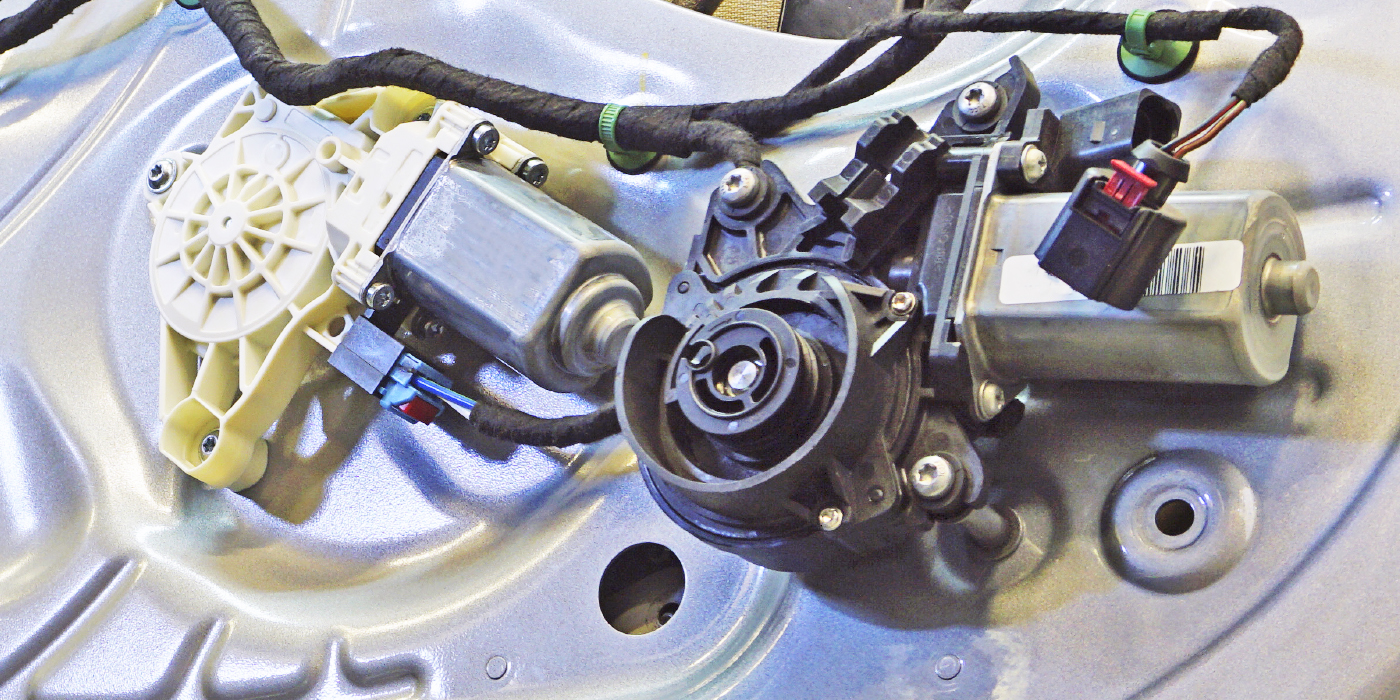The ELD system inputs the electrical load to the engine control module (ECM), then the ECM controls the output of the alternator under various electrical loads, and is capable of completely shutting the alternator off under very low or no-load situations. When the vehicle is first started, the alternator may not begin charging for up to three minutes.
Before performing any tests on the charging system, be sure to put an electrical load on the vehicle electrical system by turning on the headlights or turning on the blower motor or rear defogger. The ELD unit, located in the underhood fuse box, must sense current flow through the fuse box so it can correctly indicate the electrical load on the vehicle to the ECM.
The ELD unit has three wires leading to it, a 12-volt power supply wire, a ground wire and a signal wire. On the signal wire, the ECM will send a reference voltage of approximately 4.5 to 5 volts to the ELD unit. The ELD will pull this reference voltage toward ground depending upon the amount of load on the electrical system. With no or little current flow through the ELD, the ECM will see approximately 3.5 volts on the signal wire. At this time, the ECM can ground the control wire at the alternator and the voltage regulator will turn off the alternator without illuminating the charge light. If the current flow is high, the voltage on the signal wire will be close to 1 volt.
The ECM will then see a high electrical load and stop grounding the control wire so the voltage regulator will allow the alternator to charge.
Disconnecting the control wire from the alternator will disable the ELD control of the charging system, thus allowing the alternator to charge normally. The most important thing to remember when testing the charging system is to be sure to add an electrical load (such as headlights).
Courtesy of Identifix, Inc.













